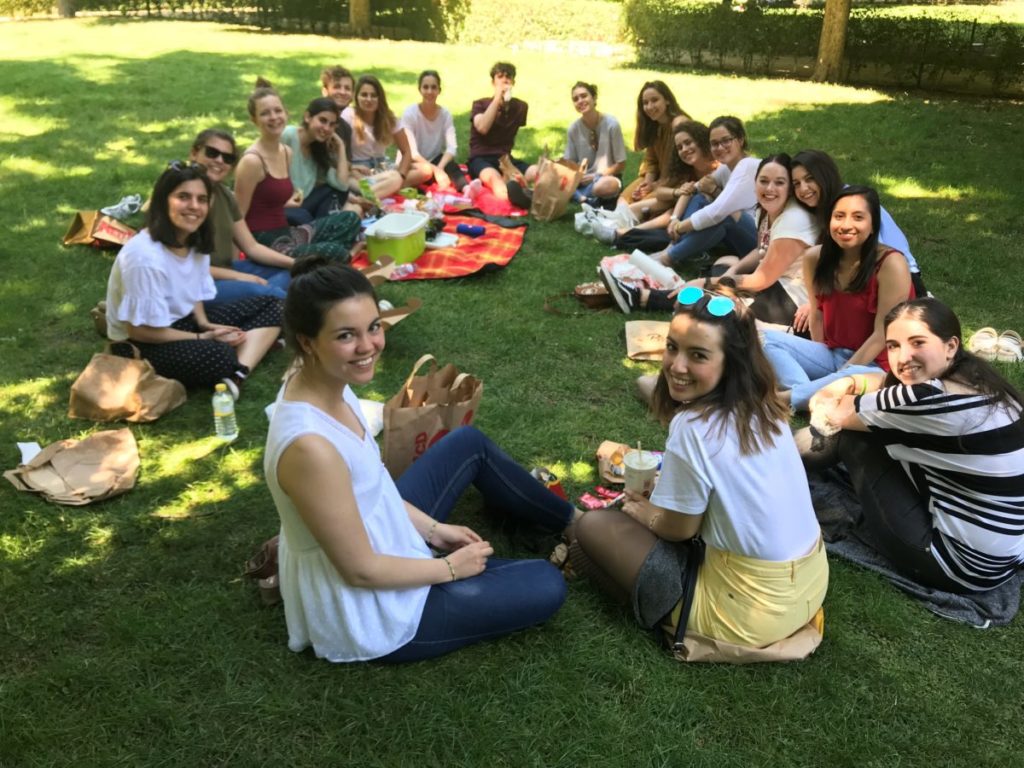Harnessing Short-Term Missions as a Bridge to Long-Term
August 2020
By Emily Quint, Short-term Mobilization with SEND International
Today, “short-term missions” encompasses everything from a two-week church team trip to serving overseas for 12 months. Within the SEND International community, we’ve seen short-term programs turn into long-term missionary careers. There’s no doubt short-term opportunities can be agents for long-term impact! But how do we cultivate short-term mission experiences that sow seeds to spark long-term thinking?
John and Susan Edwards, long-term SEND missionaries, helped build and oversee a three-month Discipleship House for interns in Sendai, Japan. After 20 years on the field, the Edwards have recognized some key factors to think about when assessing whether or not a short-term program may act as a catalyst for long-term service. Here are just a few:
Consider the purpose of the program and build it accordingly. John notes that many short-term programs aim to get some sort of ministry done. “They need manpower. That’s fine, and sometimes leads to people becoming good supporters (prayer and financial), but relatively few catch a vision for long-term service.” To draw people back to the field, John suggests, “The short-term program must have an intentional element of casting vision for long-term service and getting the short-termers to imagine how they could be involved if they came back.” This requires focused investment in the short-termer. Some tangible starting points include deliberately creating opportunities to involve them in everyday life activities (grocery shopping, handling money, navigating public transport), ongoing ministries with non-believers, and regularly digging deeper into the language and culture.
Consider the intentions of the short-term missionary. Short-term experiences are less likely to lead to long-term if participants are not already open to the possibility. When John first visited Japan, he went with nine others. To his knowledge, he is the only one who returned long-term. “You will get long-term missionaries out of short-term programs even if you don’t really plan for it, but the percentages will be very, very low.” He adds, “If I hadn’t already been thinking long-term, I likely would not have returned based on my short-term experience alone.” As your church or organization considers where to invest your short-term time, money, and effort, keep in mind who might develop the greatest long-term vision through a short-term experience.

Consider the time frame. What length of time is the “sweet spot” for giving short-termers a preview of long-term missions? John proposes at least two months. “The typical one-to two-week trip is usually a honeymoon period. Everything is new and wonderful. As you stay longer, some of the hard things come to light.” These could include personal difficulties (language barrier, unmet expectations, physical or emotional fatigue), or external factors (food, cultural differences, relational trouble among teammates). John says that SEND Japan’s 12-week D House has been ideal for preparing short-termers for the realities of long-term life.
Short-term trips, which tend to be intense ministry-wise, are like a sprint. Given time, individuals realize that the pace of long-term missions is more like a marathon. Brooke Nagel, serving with SEND in Spain, says that short-term missions played a pivotal role in drawing her back long-term. “My short-term trip was originally 6 months, but once I got to the field it became evident where God was calling me. I was able to get enough funds to stay almost a year and a half.” During this time, Brooke became familiar with the language, culture and general ministries, she built relationships with nationals and SEND, and she demonstrated her capacity for cross-cultural service to her future long-term support team. She emphasizes, “It gave me a lot of time to observe, learn, and ask questions.”

Different short-term opportunities will have different outcomes, but by keeping these points in mind, and remaining sensitive to the Lord’s leading, we can intentionally nurture a long-term perspective. Short-term missions, when harnessed well and with careful attention, can be a valuable tool for helping individuals to explore and make the leap to a long-term career on the mission field!

